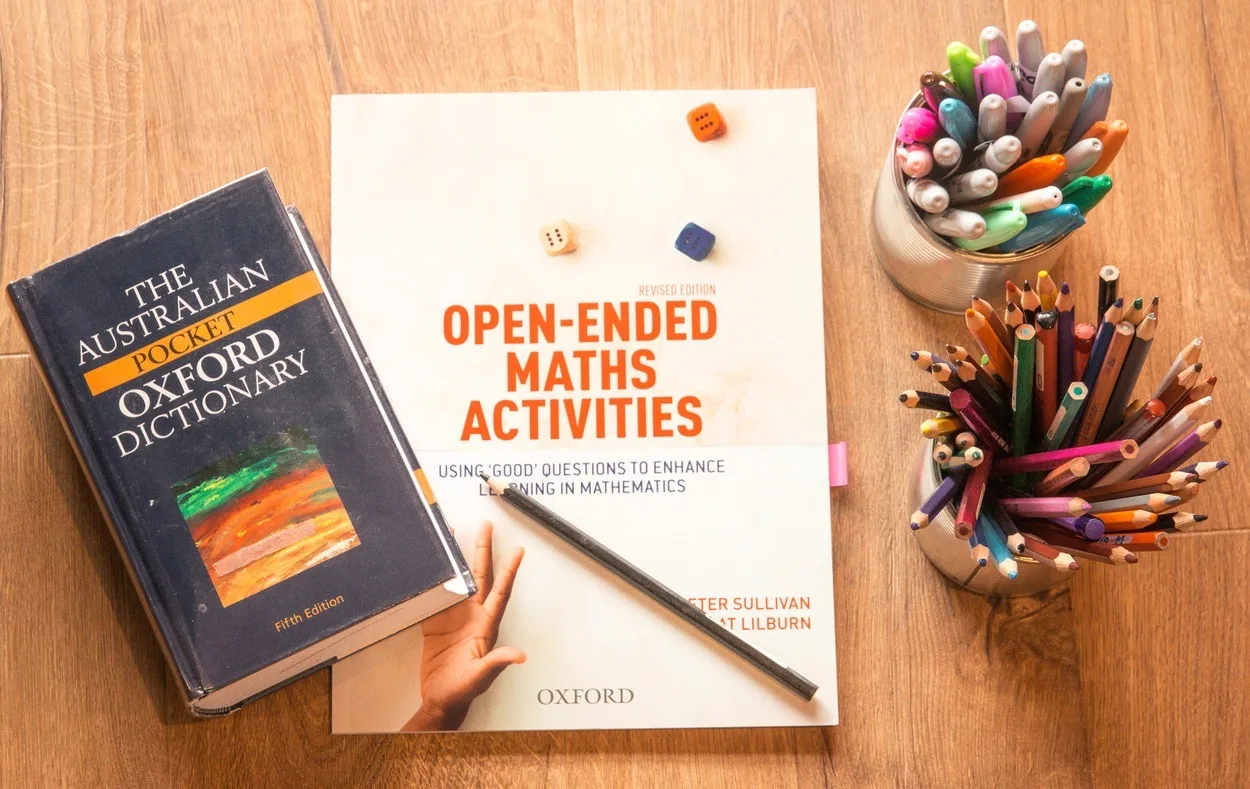Do you ever get confused about English grammar? Does it sometimes seem like there are an infinite number of rules to remember?
The sentence “let’s see what happens” might make some non-natives double-take. Most non-natives confuse it with “Let’s see what will happen.”
Here’s a short answer to your query:
The phrase “Let’s see what happens” implies that something is going to happen, but it doesn’t indicate when that event will occur. It could be a few minutes from now, or it could be years down the road. On the other hand, “Let’s see what will happen” suggests that something is going to happen in the future and implies that it has already been decided.
This blog post will discuss the differences between the two and why the present simple is used in this situation. So, let’s dive into it.
“Let’s see what happens” – Meaning and Uses
The phrase “let’s see what happens” is an expression you use to express uncertainty about the future. It implies that something might or might not happen, and its outcome is unpredictable.
The phrase uses the present indefinite tense, which you use when discussing future events.
The present indefinite tense can be seen in statements such as:
- “The train leaves at 3:00.”
- “The movie starts at 7:00.”
The present indefinite is used in these instances because they are definite events that have been scheduled or planned out. When talking about the future, it implies that the event will probably occur, but it hasn’t happened yet.
“Let’s see what will happen” – Meaning

Let’s see what will happen is an expression used to indicate excitement and anticipation for an unknown event. It implies that something is likely to occur, but there’s no way to predict the outcome.
This phrase can be used in a variety of contexts, from anticipating a surprise event or activity to looking forward to the results of taking a risk.
“Let’s see what happens” vs. “Let’s see what will happen”
| Let’s see what happens | Let’s see what will happen | |
| Tense | Present indefinite | Future simple |
| Examples | Elsa throws the ball. | Elsa will throw the ball. |
| Definition | It talks about the habits or events that will occur in the future. | It talks about the uncertain or certain events that will happen in the future. |
| Literal meaning | Let’s try it and see what happens. | We’ll try it and we’ll see what will happen. |
“I meant what I said” vs. “I meant what I meant” – Which one is correct?

The answer to which is correct, “I meant what I said” or “I meant what I meant,” depends on the context of the situation.
If you’re trying to be clear about something and make your point known without any room for doubt, then “I meant what I said” would be more appropriate. On the other hand, if you’re trying to express something without fully explaining it, then “I meant what I meant” would be more appropriate.
As English learners, being aware of the nuances between these two phrases will help you communicate effectively in different situations.
Present Indefinite
The present indefinite is a form of tense used to describe actions that are happening regularly or at present. This form of tense consists of the verb without any changes and the appropriate personal pronoun for the subject.
Examples
- “I eat breakfast every morning.” In this sentence, “eat” is in its basic form, and so it’s in the present indefinite tense.
- Another example could be, “They go to the store every Saturday.” In this sentence, “go” is also in its basic form, and so it’s in the Present Indefinite Tense. Thus, the sentence expresses an action that takes place regularly.
This can be used for both habitual actions and actions happening at the present moment. In conclusion, the present indefinite describes actions that are regularly or currently taking place.
Can you use the present indefinite for future plans?
It’s possible to use present indefinite to describe future plans.
For example, when planning a trip, you can indicate the time the bus will leave by using the present indefinite tense.
- The trip bus leaves at 5:00. (Present indefinite)
- The trip bus will leave at 5:00. (Future simple)
- My flight leaves at 7:00. (Present indefinite)
- My flight will leave at 7:00. (Future simple)
Future Indefinite/Simple Tense

The future indefinite tense is used to refer to an action that will happen in the future. This tense specifies the following situations:
- To express beliefs
- To indicate future planning
- To express the instant decisions
- For complex sentences
The following examples will help you clarify your concepts:
- I think this time Pakistan will win the T20 finals. (This sentence expresses beliefs)
- I’m busy in my studio so I finish making the videos on time. (An example of future planning)
- I’ll visit my mom this week. (An example of an instant decision)
- If I visit Korea, I’ll go to the BTS concert. (Example of a complex sentence)
Conclusion
- The main difference between the phrases “let’s see what happens” and “let’s see what will happen” is that the former implies a certain degree of uncertainty about the future, while the latter implies a more definite outcome.
- The phrase “let’s see what happens” uses the present indefinite tense to express uncertainty, while “let’s see what will happen” uses the future simple tense to suggest a predetermined outcome.
- Both phrases can be used in different contexts to convey anticipation and excitement about the unknown possibilities that lie ahead.
- In conclusion, “Let’s see what happens” and “Let’s see what will happen” are expressions of curiosity and anticipation about the future. By using these phrases, you can embrace uncertainty and be open to different possibilities that life may bring.
Related Articles
- What Is The Difference Between “In That Time” And “At That Time”? (Explained)
- What Are The Differences Between “Being In Bed” And “Being On The Bed”? (Let’s Discuss)
- In Spanish, Is It Correct To Say “El Calor” Or “La Calor”, “El Mar” Or “La Mar”? (What Is The Difference?)
- What Is The Difference Between Nite And Night? (Deep Dive)

